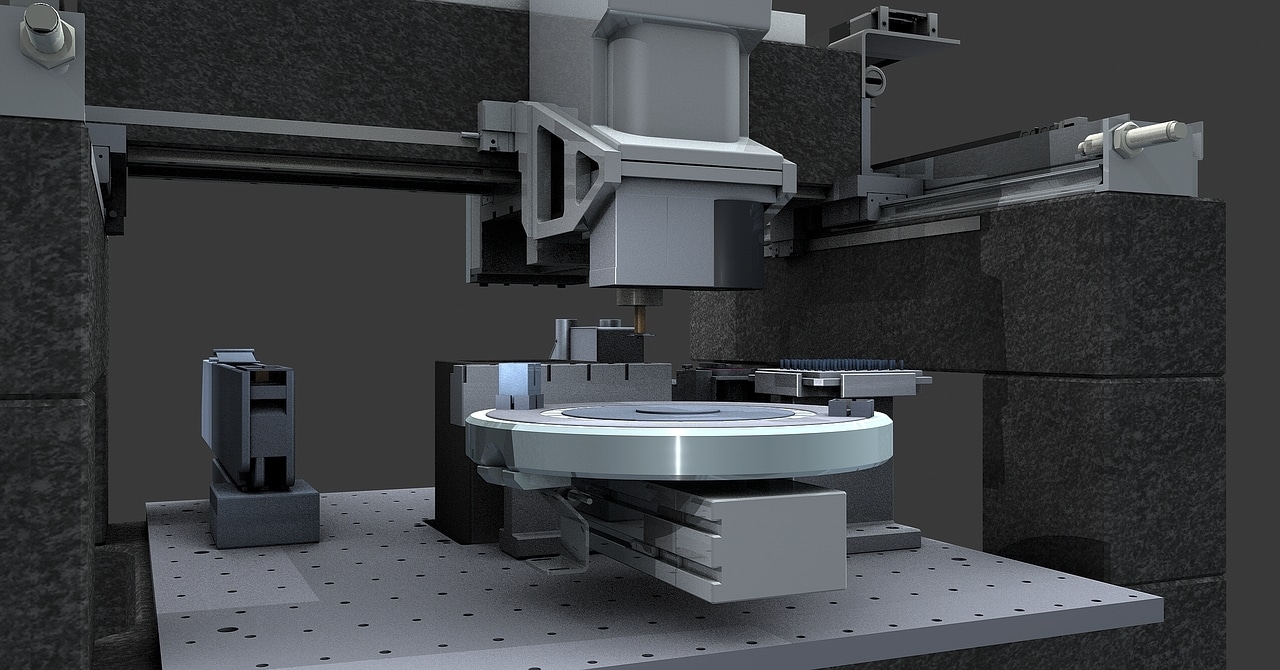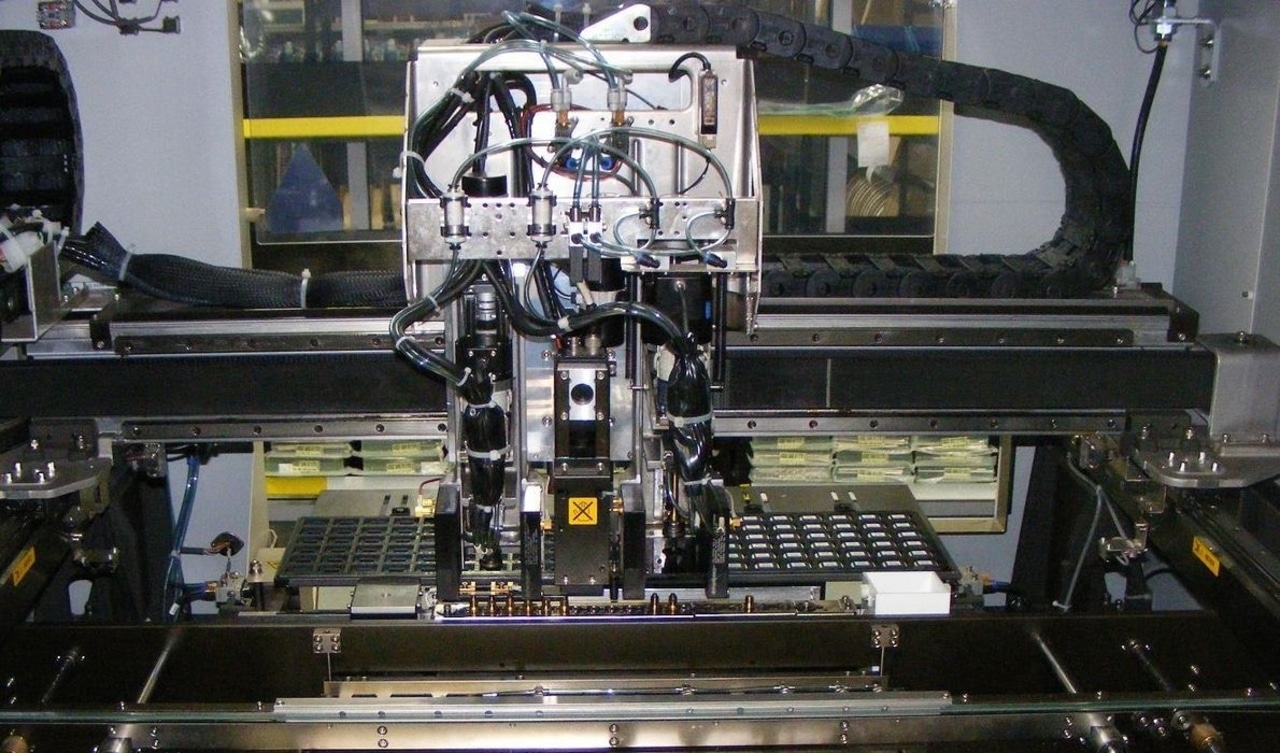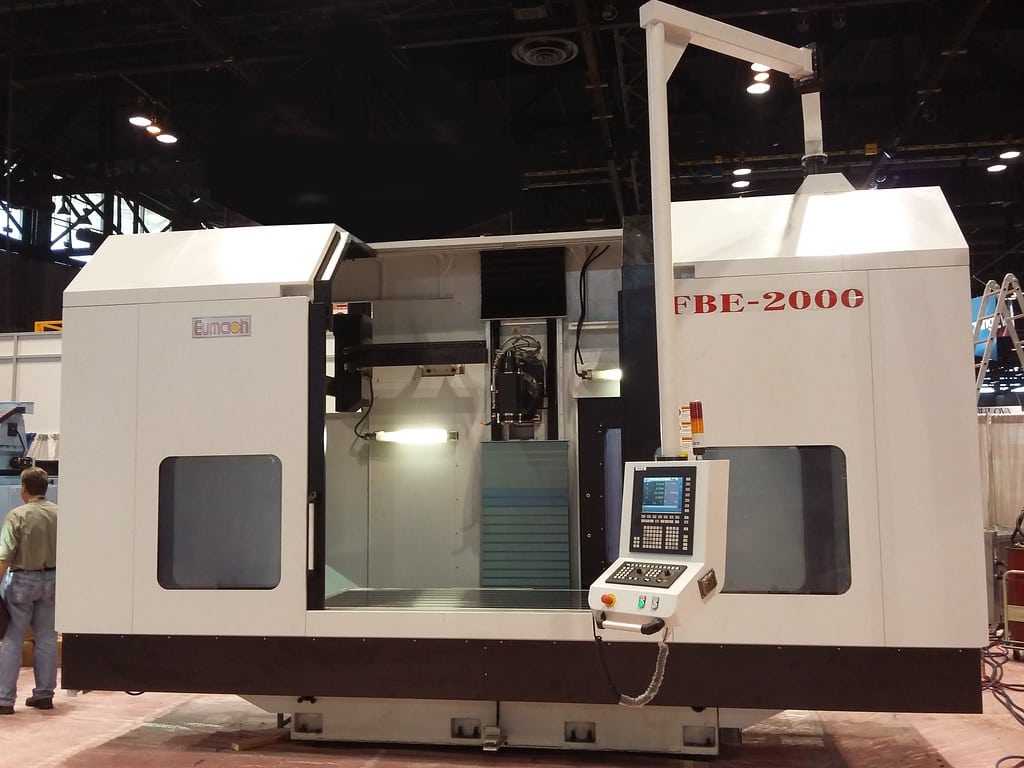
If you are thinking buying a CNC machine for leisure, or for professional use, surely many doubts will arise on which you need despite all the previous articles on this topic. For dispel all those doubts, let's see some tips and tricks that you could apply when choosing the machine to be more sure that you have made a good choice. You will even see some professional secrets to know if you are facing a good tool.
How to choose the perfect CNC machine
In previous articles I have already commented on some technical characteristics of CNC machines and important parameters that you should pay attention to when buying one. This guide is not redundant, but is complementary to all previous information, with some details that many do not notice and that are as important or more than the others previously seen:
- Machine weight: not only do you have to see if you have enough space to house it, its weight is also important. The heavier, the more difficult it will be to install. But that's not all, there is another important factor, and that is if the company or workshop is on a high floor, see if the structure of the building could support all that weight. Keep in mind that some industrial ones can weigh hundreds of kilos or tons.
- Work area: You may think that you should choose a machine with a fair work area to perform the machining of the parts you work with, but it is always important to choose a size slightly larger than that, since sometimes some oversized jobs can arise.
- Availability of spare parts and technical assistance: Some lesser known brands, or some Chinese ones, usually do not have spare parts (or are difficult to find in Europe) or do not have technical support in Europe (only in the country of origin or in other languages). Everything is a serious problem for companies, since if it breaks down, production will be stopped for a longer time while these deficiencies are addressed. You should always choose very popular brands to find spare parts easily, and that have a technical service in your country.
- Energy consumption: Since the price of electricity has skyrocketed, it will have a great impact on the company's profit margins, cost balances and final product prices. For this reason, choosing efficient equipment could make a difference.
- Precision selection: Some think they only need to worry about accuracy when they're making parts for more critical systems where a small variation or manufacturing defect can be a major problem. But the truth is that the rest should also consider buying machines that are as precise as possible, as this could improve the quality and satisfaction of your customers, and avoid the elimination of defective parts in the QA (quality control) stage.
- Usability: The learning curve of the CNC machine is not only important from the point of view of how complicated or how easy it will be to learn to master the machine, it could also mean having to hire people specialized in certain software, or for a certain machine . For this reason, it is best to buy those that offer a low learning curve and that have prioritized usability. On the other hand, if you already had a previous machine of some brand or model and the operators have experience with it, a good practice would be to buy a new machine of the same machine, since it will be more intuitive and they will become familiar more quickly than with a new machine. machine of another brand with a very different operation.
- SoftwareNote: In addition to the easy-to-use CAD/CAM design and machine control software, one other thing is also important to consider, and that is the reliability of the drivers, and the stability of the software. This directly affects productivity, since a driver with constant errors, or software that is prone to errors, will lose a lot of work time.
- costs: you should consider all the fixed costs associated with machining the part, and other variable costs to make the calculations on margins in which you can move and if it is really worth making the investment in a CNC machine (if it will be amortized or recovered soon what was spent).
- Fixed costs: initial capital, depreciation of the machine, interest on the loan, etc.
- Variable costs: costs of materials, human resources or labour, maintenance and technical service costs, cost of spare parts, etc.
- Virtual: At first I started by saying that weight was also as important as space, but when checking if the CNC machine has space in your workshop or factory, you should not only consider the size of the machine itself, but also:
- Optimize the available space for operators to work comfortably.
- Avoid corridors that are too narrow, as they could be a problem when moving around.
- Arrange the machine in a strategic place within the workshop, near the materials to be machined or the machine that goes immediately before the CNC machine in the manufacturing process. That's vital to reduce the movement workers have to do from machine to machine.
- Provide a nearby container or deposit to eliminate chips and other debris.
- Do not violate the manufacturer's recommendations when positioning the machine or compromise the safety of workers.
- Think about leaving free space for future expansions in the company.
- The machines operate with electricity, make sure you have the power outlet nearby. Avoid the use of extension cords.
Tricks to improve the CNC machining of professionals
On the other hand, it is also important to have other considerations when it comes to improving machining in your company. And this happens to know some Tricks and tips that usually give the most experienced and that go unnoticed by beginners:
- Avoid designing profiles that are too thin: Thin walls in some engineering projects could lead to machining problems if the machine is not too precise and will de-rigidize the part. The minimum standard thickness for walls is usually about 0.794 mm for metals and 1.5 mm for plastics. If your design needs to create excessively thin walls, you should consider using another manufacturing method such as lamination.
- Design in line with your CNC machine: it is important to take into account the possibilities of your machine model and the characteristics that it may or may not develop. Sometimes very complex models are designed in software that the machine is not capable of reproducing. For example, if you design a curved hole, make sure your machine has the necessary spindles and tools for it.
- Avoid using too tight tolerances: CNC machines already have their own tolerances or precision, and you should not be too strict and try to force the maintenance of homogeneous tolerances that will only cost you investment and time if that part does not require that precision.
- aesthetic overload: You should not create excessive aesthetic details, not only because of the design itself, but because those details will make machining less efficient, and may even complicate post-processing work. For example, imagine that you are manufacturing a metal support that you then have to paint. Lots of drawings and nooks and crannies will only make painting difficult.
- Avoid unbalanced cavity proportions: If it is not strictly necessary, you should not create cavities with a depth that is too high compared to its diameter. This can make the tool more difficult to evacuate the chip and may have problems. In general, the depth should be at most four times the width of the cavity.
- Add radii when styling inner bordersNote: Many machining tools are cylindrical and this prevents them from machining sharp internal edges. That's why it's important to add radii to the inner edges in the design so they don't run into problems later on the CNC machine. As a general rule, radii 130% larger than the radius of the milling tool being used should be used.
- Avoid creating details that are too minute: If it is not necessary, do not create designs with details less than 2.5 mm. These are complicated to machine and will require special tooling which will increase cost and production time.
- Standardization: if you are going to manufacture parts that later have to fit or be combined with others, do not forget to respect the rules and always create parts with holes, threads, and other standard characteristics.
- Letters: If text is not required to be machined, avoid this. Also, some fountains are more complicated to style. It is recommended to use fonts such as San Serif of 20 points or more.
- CNC machine setting: Make sure it's calibrated well and everything is set up correctly. It is essential to carry out a previous test, even more so when it is the first time.
- Improves the accuracy of measurement tools: When measurements need to be taken for later reproduction in the design, make sure you have high-precision measurement tools to reduce the cost of measurement errors.
More information
- CNC machines: guide to numerical control
- How a CNC machine works and applications
- Prototyping and CNC design
- All types of CNC machines according to use and characteristics
- CNC lathe types and characteristics
- Types of CNC milling machines
- Types of CNC router and CNC cutting
- Types of laser engraving
- Other CNC machines: drilling, Pick & Place, welding and more
- How can a CNC machine help in the company
- Maintenance of CNC machines
- Definitive guide on plotters: what is a plotter and what is it for
- The best CNC machines for leisure and professional use
- The best printing plotters
- The best cutting plotters
- The best consumables for potters: cartridges, paper, vinyl, and spare parts

